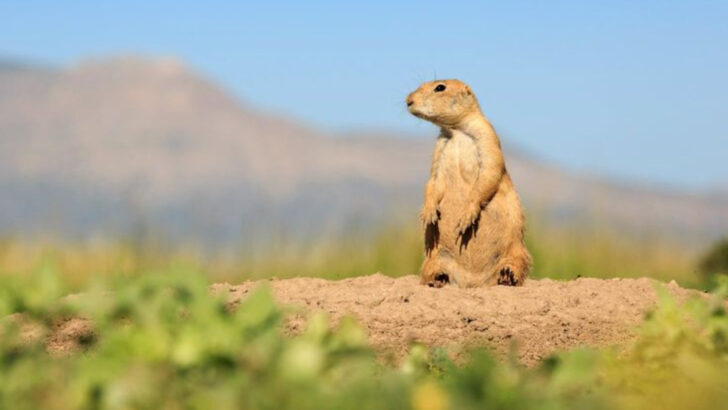Texas is bigger than some countries—and wilder, too. Hit the road here, and you’re not just driving through highways and towns. You’re cruising past a cast of animals straight out of a nature documentary. From armored critters scuttling across the asphalt to soaring hawks watching your every move, Texas’ wildlife refuses to stay hidden. Don’t blink, or you might miss a speedy roadrunner darting through the brush or a lone armadillo making a midnight crossing. This state is a playground for deer, coyotes, snakes, and butterflies—each with their own story to tell. So buckle up and keep your eyes peeled. These 16 animals are the real road trip companions you didn’t know you’d get. Nature’s got front-row seats in Texas.
White-tailed Deer
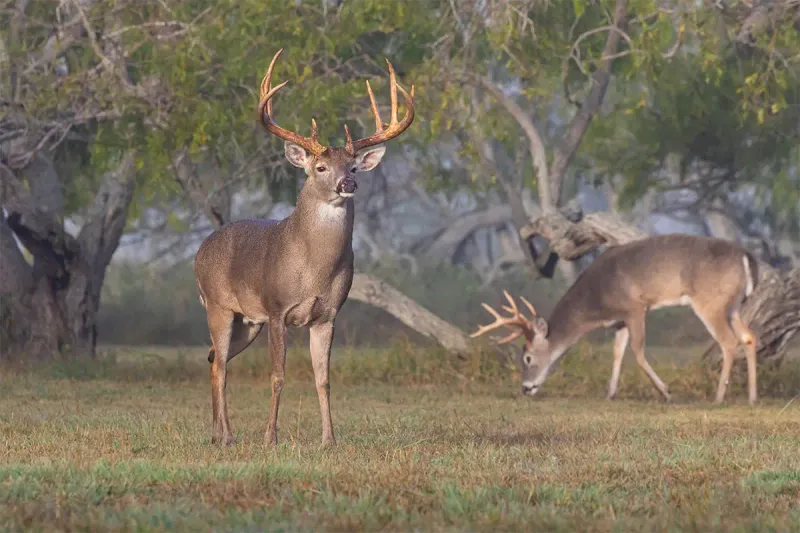
Known for their distinctive white tails, these deer are commonly seen throughout Texas. As you drive through rural areas, you might spot them grazing in fields or cautiously stepping across roads. Often seen in small groups, they are especially active during dawn and dusk.
Their ability to adapt to various environments makes them a frequent sight in both forests and open plains. With their keen senses and elegant presence, they add a serene beauty to the Texan landscape. Keep an eye out, especially near wooded areas, where they blend seamlessly into the background.
Armadillo (Nine-banded Armadillo)
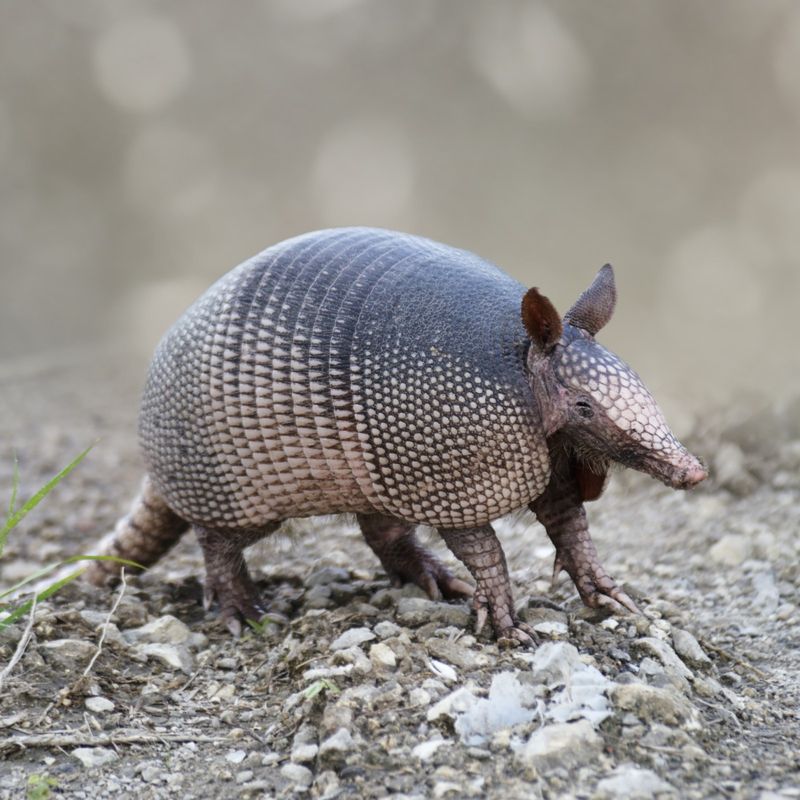
This peculiar creature, known for its armor-like shell, is often seen trotting across Texas roads. The nine-banded armadillo is Texas’s state mammal and a symbol of the region’s unique wildlife.
Despite their odd appearance, armadillos are fascinating creatures with a knack for digging. They’re often encountered in rural areas, especially after rain when the ground is easier to burrow. Their presence on roadsides is a testament to their resilience and adaptability, making them a memorable sight for travelers.
Fun fact: Armadillos can hold their breath for up to six minutes underwater!
Raccoon
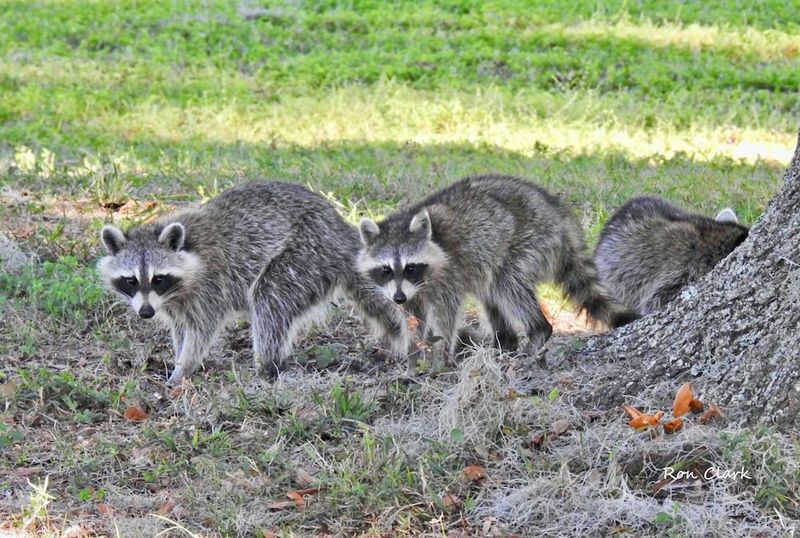
With their bandit-like masks and nimble paws, raccoons are frequent visitors in both urban and rural Texas. These nocturnal animals are often spotted foraging through trash bins or scampering across yards.
Raccoons are highly adaptable, thriving in a variety of environments. Their clever nature and problem-solving abilities make them both a charming and sometimes pesky presence. As night falls, their eyes gleam with curiosity, searching for their next meal.
In folklore, raccoons are often depicted as tricksters, and their antics certainly add a playful element to the Texan setting.
Coyote
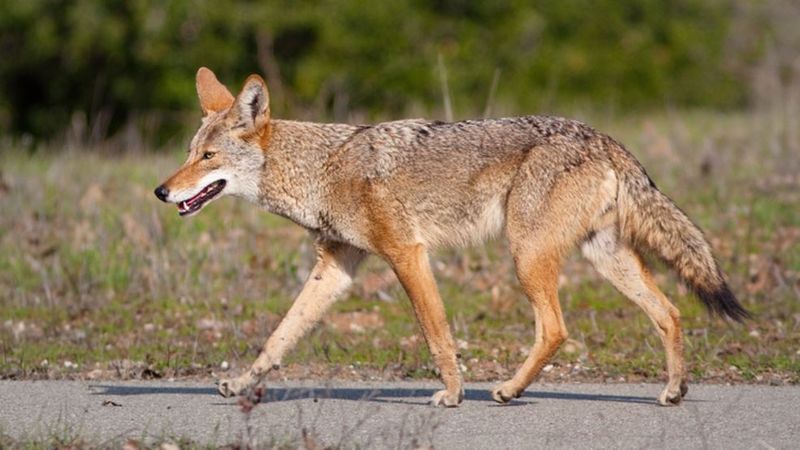
Sly and resourceful, the coyote roams across Texas, often heard yipping and howling during twilight hours. These adaptable canines are found statewide, from bustling suburbs to remote deserts.
Despite their widespread presence, coyotes remain elusive, rarely seen but often heard. Their howl is a quintessential sound of the Texan night, echoing across plains and hills. As opportunistic feeders, they thrive in diverse environments, contributing to their success as a species.
Coyotes play a crucial role in the ecosystem, helping to control rodent populations and maintain nature’s balance.
Texas Horned Lizard
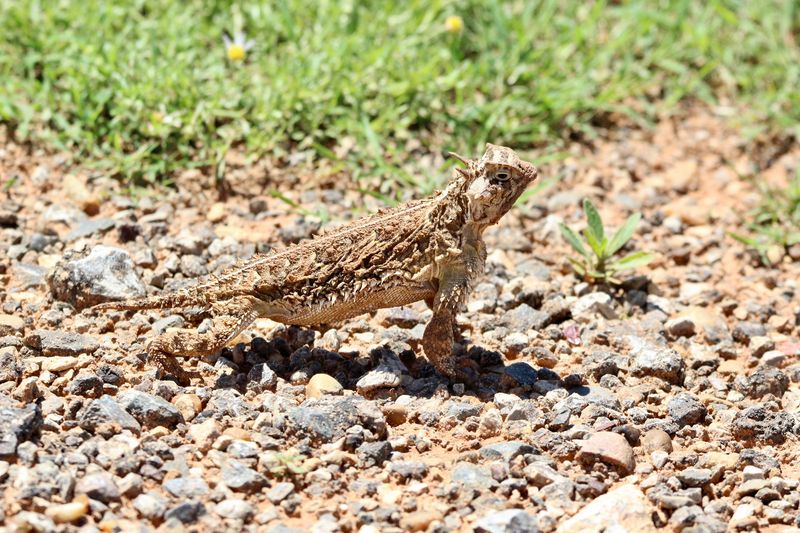
Often called the “horny toad,” the Texas Horned Lizard is a remarkable reptile found in the arid regions of West Texas. With its spiky appearance and squat body, it’s well-adapted to the desert landscape.
These lizards are masters of camouflage, blending perfectly with the sandy terrain to avoid predators. They’re known for their unique defense mechanism: they can puff up their bodies or even squirt blood from their eyes when threatened.
The Texas Horned Lizard’s quirky features and survival tactics make it a fascinating subject for those exploring the Texan deserts.
Red-tailed Hawk
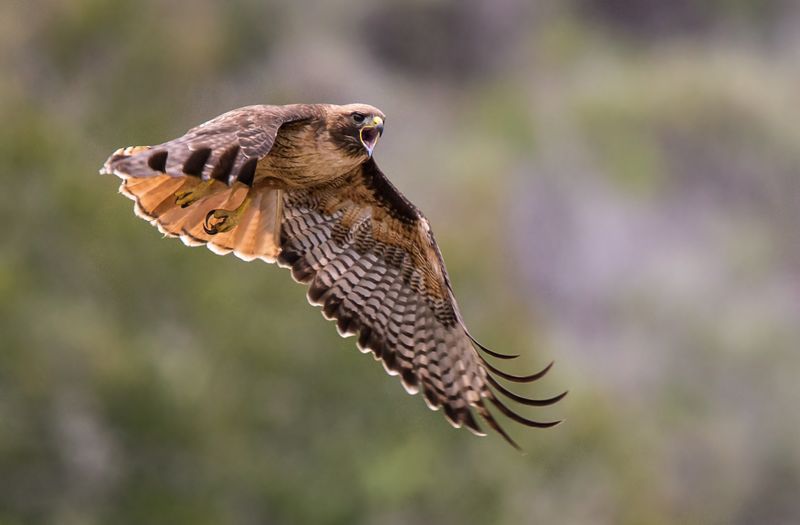
Majestic and powerful, the red-tailed hawk is a common sight in Texas, often seen circling high above open fields and highways. These raptors are easily identified by their distinctive red tail feathers and keen eyesight.
As opportunistic hunters, they prey on rodents and small animals, playing a vital role in controlling local populations. Their impressive wingspan and graceful flight make them a favorite among bird watchers and nature enthusiasts.
With a piercing gaze and commanding presence, the red-tailed hawk is a true symbol of the wild Texas skies.
Eastern Cottontail Rabbit
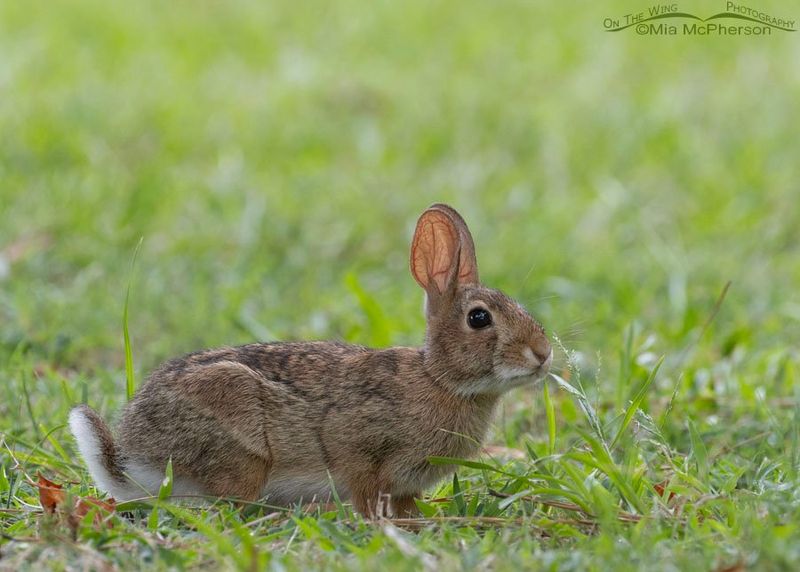
With their soft fur and twitching noses, Eastern Cottontail Rabbits are a common sight along Texas roads. Often seen darting across fields, they add a touch of whimsy to the countryside.
These rabbits are known for their incredible speed and agility, often evading predators with quick, zigzagging leaps. Their presence is a reminder of nature’s delicate balance, as they play a crucial role in the food chain.
In springtime, you might spot adorable rabbit families, a charming addition to any road trip through Texas’s grassy landscapes.
Ring-necked Snake
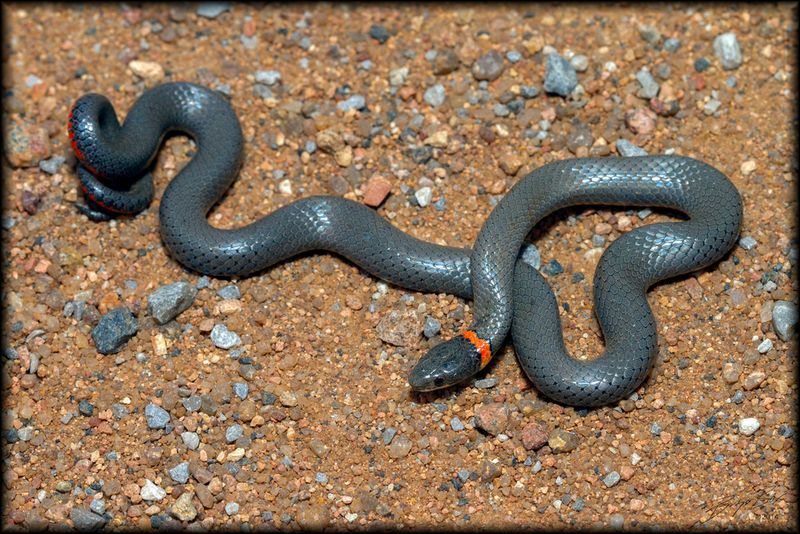
Elusive and secretive, the ring-necked snake is a small serpent often found in the woodlands and rocky areas of Texas. With its slender body and distinctive yellow or orange ring around its neck, it’s a unique find for those keen on herpetology.
These snakes are non-venomous and harmless to humans, often hiding under logs or rocks to avoid detection. Their diet consists mainly of small invertebrates, which they hunt with precision and stealth.
Spotting a ring-necked snake is a rare treat, offering a glimpse into the hidden world of Texas’s reptilian inhabitants.
Roadrunner
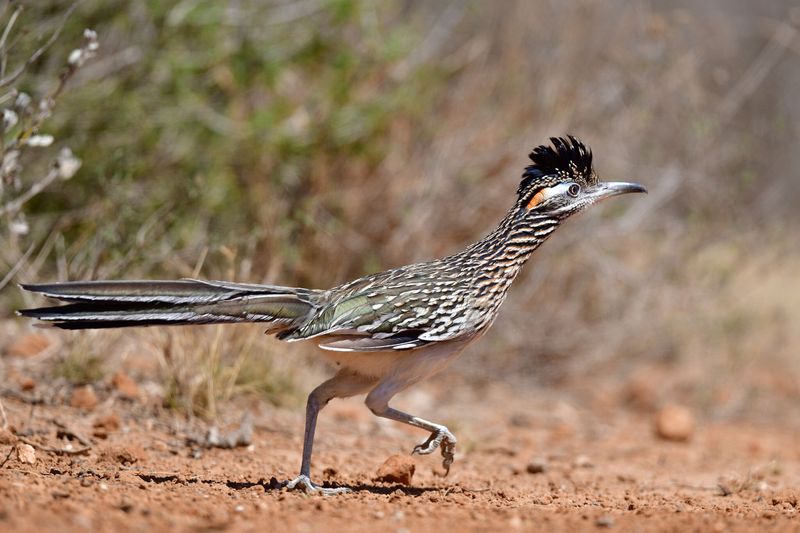
Famous for its speed and quirky behavior, the roadrunner is an iconic bird of the Texan deserts. Often seen dashing across roads, these birds are as agile on the ground as they are in the air.
Known for their distinctive “beep-beep” call, roadrunners are adept hunters, catching insects, lizards, and even small snakes with impressive speed. Their striking appearance, with long legs and a sleek body, adds to their allure.
They embody the spirit of the Texan wilderness, bringing energy and excitement to the desert landscape.
American Alligator
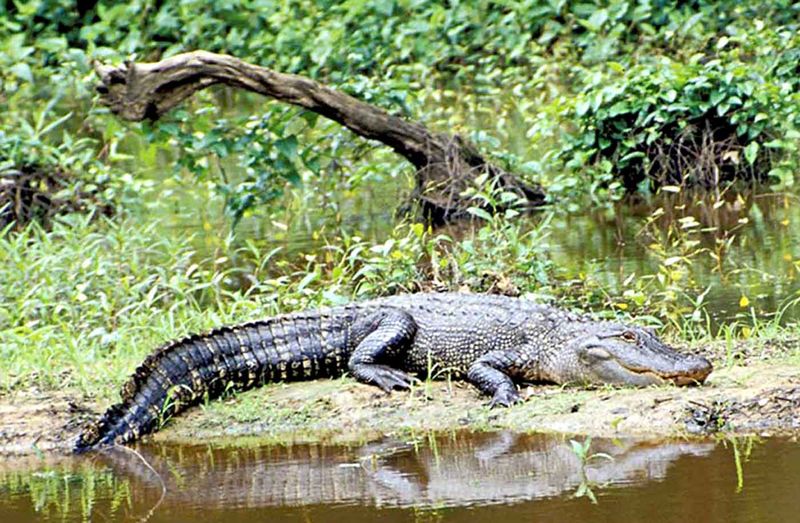
Lurking in the swamps and bayous of East Texas, the American alligator is a formidable presence. These ancient reptiles are often seen basking on riverbanks or gliding silently through the water.
With powerful jaws and a prehistoric appearance, alligators command respect and curiosity. They play a crucial role in their ecosystem, maintaining the balance within wetlands.
Despite their fearsome reputation, alligator attacks are rare, and they generally avoid human interaction. Observing these creatures in their natural habitat is a thrilling experience for any wildlife enthusiast.
Black-tailed Jackrabbit
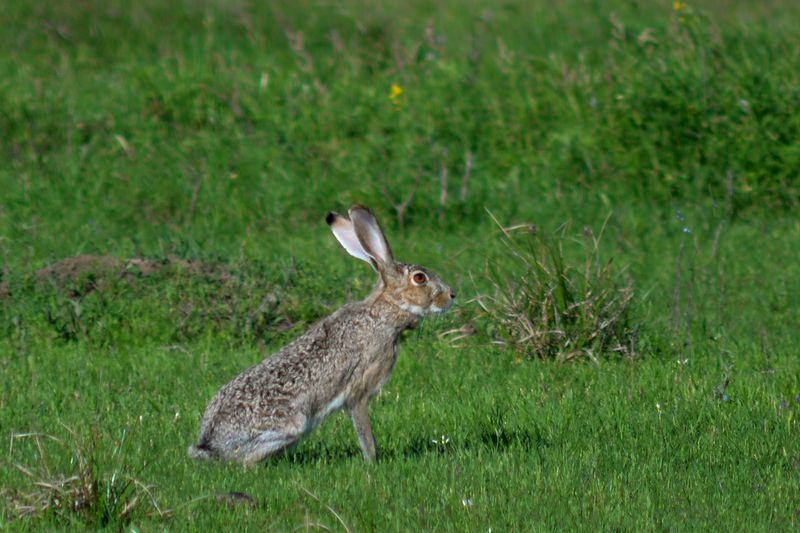
Bold and swift, the black-tailed jackrabbit is a common sight in the open plains and deserts of Texas. With their large ears and powerful hind legs, these hares are built for speed.
Often seen resting in the shade during the heat of the day, they become more active at dusk, bounding across the landscape in search of food. Their agility and keen senses make them elusive to predators.
The black-tailed jackrabbit’s presence adds a dynamic element to the Texan wilderness, embodying the spirit of the open road and endless horizons.
Great Blue Heron
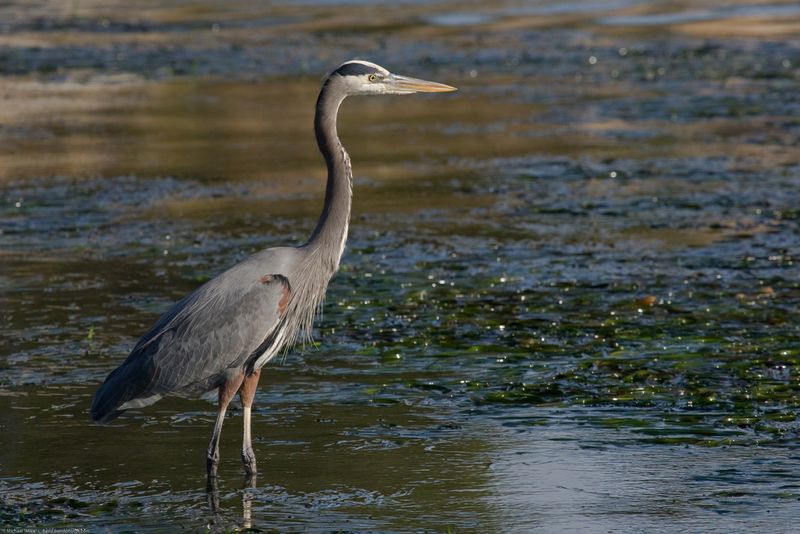
With their stately appearance and serene demeanor, great blue herons are often spotted near lakes, rivers, and wetlands throughout Texas. These elegant birds are expert fishers, using their long necks and sharp beaks to catch prey with precision.
Their impressive wingspan and striking blue-gray plumage make them a favorite among bird watchers. They are often seen wading slowly through water, patiently hunting for their next meal.
The great blue heron’s presence is a reminder of the tranquility and beauty found in Texas’s diverse aquatic ecosystems.
Prairie Dog
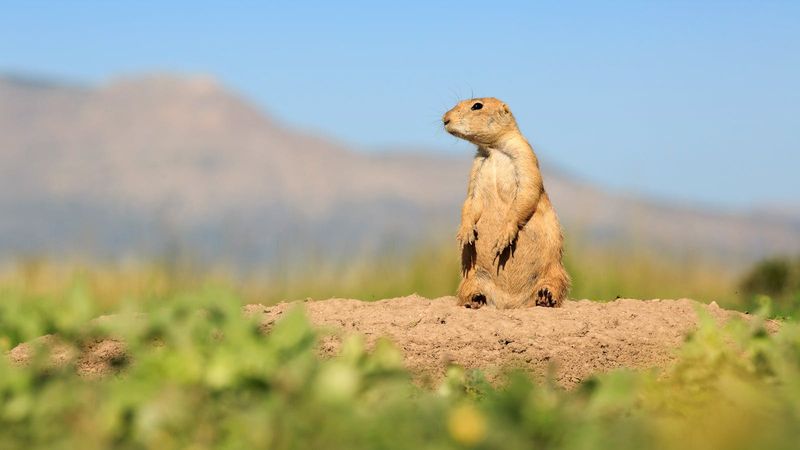
Social and spirited, prairie dogs are a staple of the Texan Panhandle and northern plains. These burrowing rodents live in large colonies, creating extensive underground networks.
Often seen standing upright as sentinels, they communicate with a series of barks and calls. Their playful interactions and complex social structures make them fascinating to observe.
Prairie dogs play a vital role in their ecosystem, providing food for predators and aerating the soil. Their presence is a testament to the interconnectedness of life on the Texas plains.
Monarch Butterfly
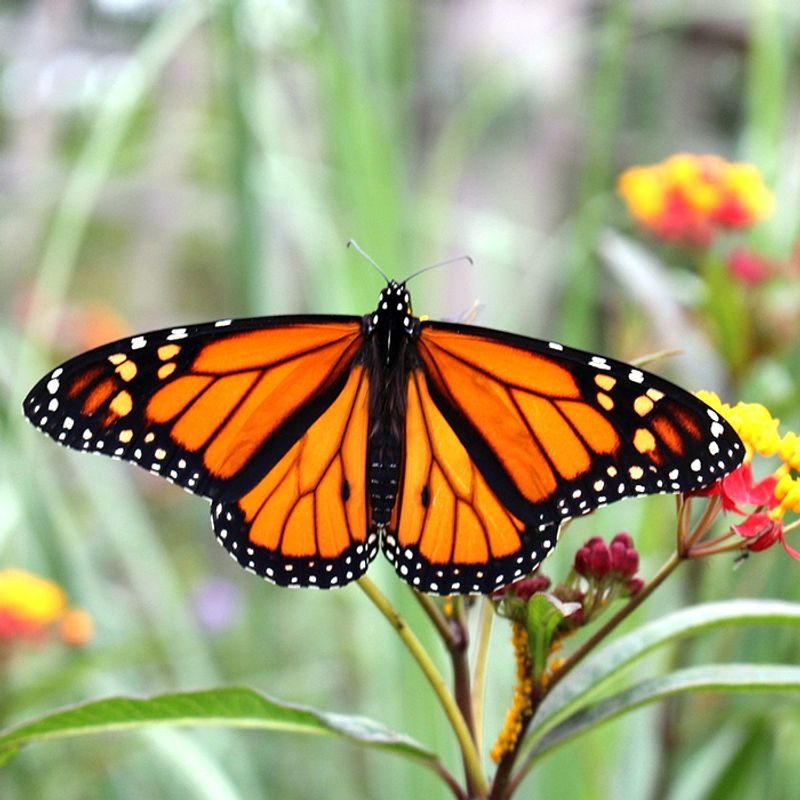
Graceful and vibrant, the monarch butterfly is a seasonal visitor to Texas, especially prominent during migration periods. These butterflies are known for their striking orange and black wings, creating a mesmerizing display.
Their migratory journey spans thousands of miles, with Texas serving as a crucial waypoint. They rely on milkweed plants for nourishment and as a breeding ground, highlighting the importance of preserving natural habitats.
Witnessing a flutter of monarchs is a breathtaking experience, showcasing the wonders of nature and the resilience of these delicate creatures.
Texas Tortoise
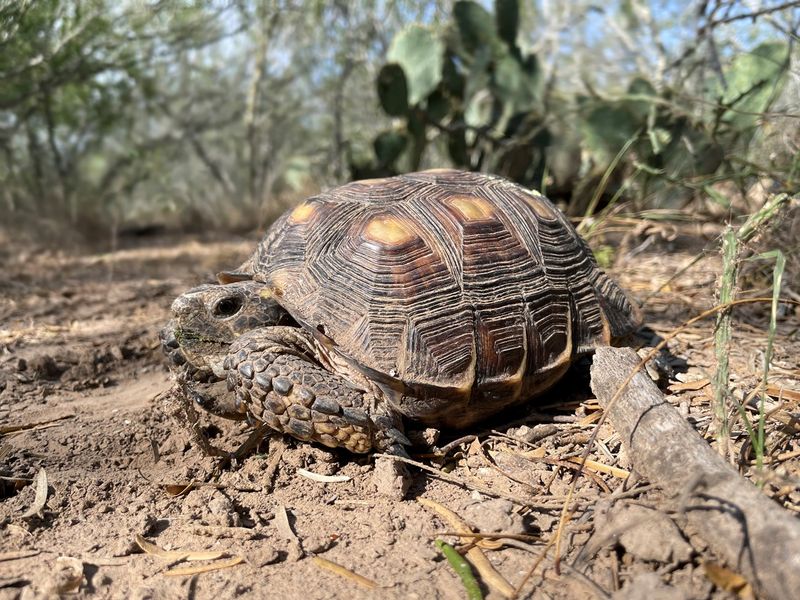
Endemic to South Texas, the Texas tortoise is a gentle reptile that inhabits the brush country. With their sturdy shells and slow gait, these tortoises embody patience and perseverance.
They prefer warm climates and can often be found seeking shade under vegetation during hot days. Their diet consists mainly of grasses and fruits, contributing to seed dispersion and ecological balance.
The Texas tortoise is a symbol of the region’s unique biodiversity, offering a glimpse into the quiet, enduring life of the Texan wilderness.
Western Diamondback Rattlesnake
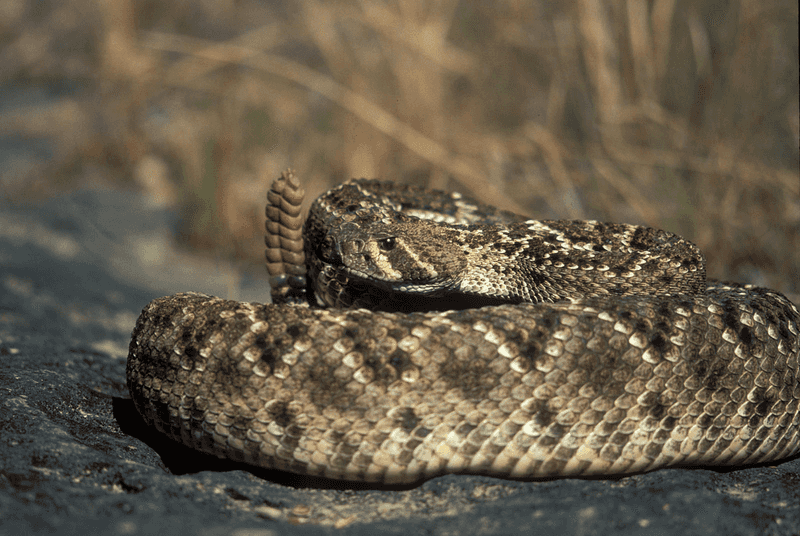
The Western Diamondback Rattlesnake is a formidable inhabitant of Texas’s dry regions. Known for its distinctive rattle and diamond-shaped markings, it commands both caution and respect.
These snakes are adept hunters, using their venomous bite to subdue prey. Despite their fearsome reputation, they play a crucial role in controlling rodent populations.
Encounters with humans are rare, as they prefer to avoid confrontation. The Western Diamondback is a testament to the rugged beauty and danger of the Texan wilderness.

